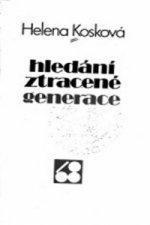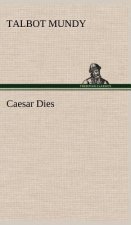
Delivery
Shopping guide





Doesn't suit? No problem! You can return within 30 days
 Gift voucher
any value
Gift voucher
any value
You won't go wrong with a gift voucher. The gift recipient can choose anything from our offer.
rise and 'fall' of the vision of a post-Cold War New World Order
 English
English
 96 b
96 b
 Delivery to Austria
Delivery to Austria
30-day return policy
You might also be interested in


Essay from the year 2013 in the subject Politics - International Politics - Topic: Globalization, Political Economics, grade: 2,0, University of Leicester (Department of Politics and International Relations), language: English, abstract: On September 11, 1991, George H. W. Bush outlined the main tenets of a so-called New World Order (NWO) (Bush Sr. 1991). He did this shortly before Operation Desert Storm commenced. After 40 years of Cold War and with Communism in its last convulsions the idea of a different, more peaceful, world, without the constant threat of nuclear holocaust or material scarcity, held much sway in international politics. §In order to properly account for the rise of such a vision, this essay uses the frames of vindicationism , developed by Jonathan Monten (2005) and passive revolution , developed by Antonio Gramsci. Two parts guide the discussion: 1) Rise and Manifestation ; and 2) Opposition and Entrenchment . Subsections about the theoretical and cultural heritage of the NWO, as well as its introduction into the material world further point the way. It will emerge that the NWO is a US driven global initiative, based on cultural perception and logic of market expansion. With the help of the Chilean coup d état in 1973, the concepts will be applied to a real world example and show how theory becomes practice. Chile 1973 was a key event that fostered the rise of a vision of New World Order, for it marked the beginning of applying theoretical concepts, developed especially by Chicago School economics, into the physical world. Those concepts thus still mark capitalist modernity. This section also paves the way for Part II. Contrary to observers who view power and the world in militaristic terms, this section argues that a vision of New World Order never fell. To underline this claim, examples such as al-Qaeda s 9/11 attacks and China s economic development are evaluated. During this exercise, it emerges that although both actors are seen as challenges to the US-centred world order, they are actually, in the case of al-Qaeda deviant, parts of it. The last section therefore concludes that the NWO is not new and firmly embedded in the structures of the global political economy.
About the book
 English
English


 Contact
Contact How to shop
How to shop

























